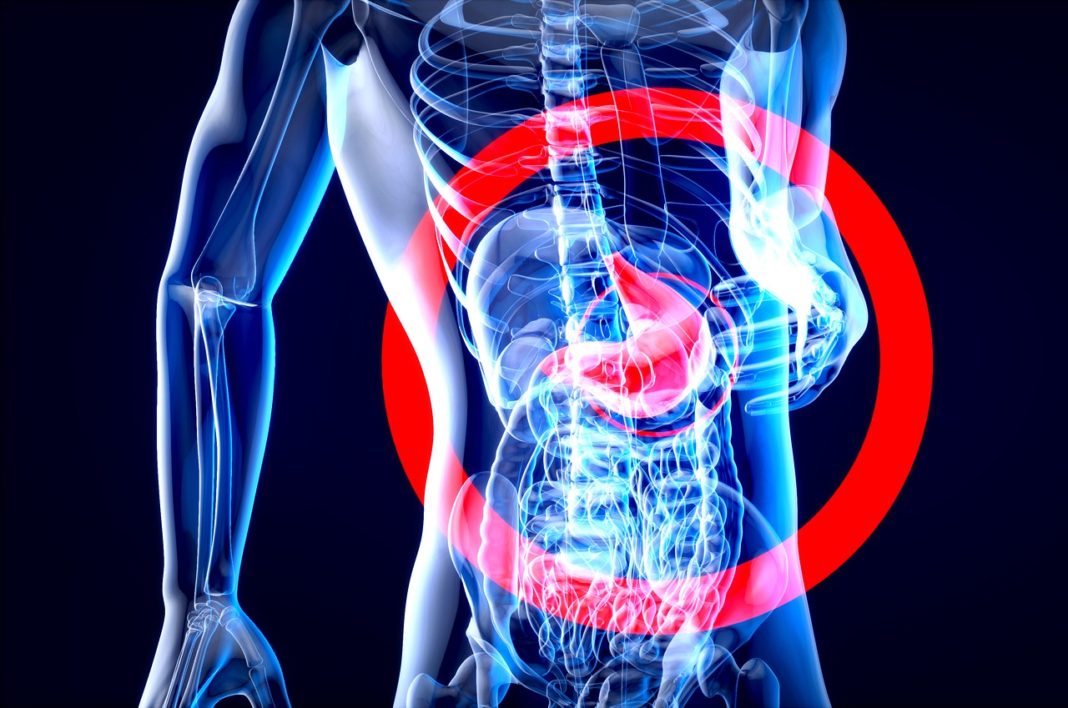Oxipit introduced its ChestLink technology some time ago. This technology is linked to artificial intelligence that can analyse X-ray images. This will make it easier for radiologists to be contacted if they detect an abnormality.
A new tool has been given the green light in the European Union and is likely to catch on very quickly in medicine. It is an artificial intelligence that can read and analyse chest X-rays without the supervision of a radiologist. This is a major milestone for artificial intelligence, but it is likely to be a controversial one.
It’s a tool called ChestLink, which reads chest X-rays and automatically sends messages to patients if they’re perfectly fine. But if ChestLink detects an abnormality or potential problem, it forwards the image to a radiologist for review.
“ChestLink ushers in the era of AI autonomy in healthcare – something we have been promised by medical futurists and technology experts. It presents the first case where a medical diagnostic evaluation will be carried out solely by an artificial intelligence application. ChestLink showcases the future of healthcare diagnostics, where AI operates as an integral part of the clinical workflow,” says CEO of Oxipit Gediminas Peksys.
This technology assumes that most X-rays show no problem, so automating the process of these scans could reduce the workload for radiologists. As a result, the new technology can now boast CE certification, the European alternative to the Food and Drug Administration (FDA) in the United States.
When will we see the first diagnostical reports made by the artificial intelligence?
Unlike the European Union, the FDA believes that AI is not yet ready for clinical use. Any AI programs were said to be too inconsistent and often did not work as well as in clinical testing. However, according to Oxipit, the company behind ChestLink, no clinically relevant errors were noted during clinical testing. Oxipit suggests, however, that initially it would be better to operate the technology under supervision anyway, before it starts working autonomously. The company then expects a fully autonomous deployment by 2023.
